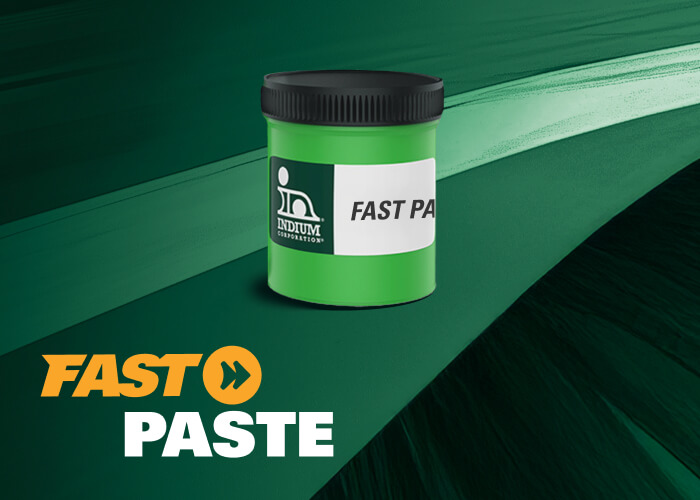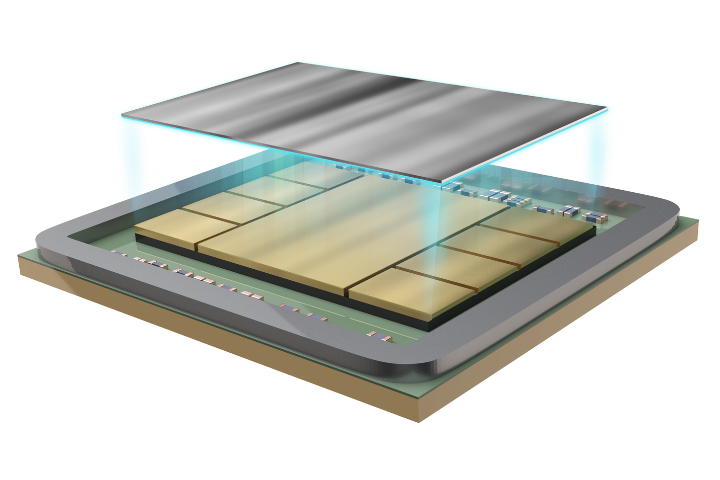When it comes to manufacturing solder preforms, alloying solder is an important first step in providing consistent final parts. This is the step where the bulk physical properties are, more or less, set. Strict attention to the percentage of each element (including impurities and dopants) helps provide solder products that always reflow the same way and form consistent mechanical, electrical, and thermal interfaces.
Depending on the elements involved, an alloy that is off just a few weight percent can raise or lower the melting point of the solder considerably. Take, for instance, two alloys which may seem similar at first glance: 99.99% pure indium and 97In/3Ag. These two alloys differ by the addition of only 3% Ag, yet that addition lowers the melting point around 13°C. The melting point isn’t the only thing that changes though. The physical properties also become quite different. In this case, the tensile strength increases from 273 to 800psi! This is only a simple example; a metallurgist could more accurately describe interesting changes that occur with intermetallics and off-eutectic liquidus spikes with certain solder alloy systems. Hopefully, it is clear why we pay so much attention to providing very accurate alloy compositions.
The exact alloy composition for the lot of preforms you order is available on the shipment’s Certificate of Analysis (CofA) which accompanies each order. This is your verification that the alloy is made perfectly every time.
The image above comes from the Ganoksin Project website, which I had far too much fun reading. Interesting stuff – you should check it out.
Learn more about the industry’s source of indium alloy phase diagrams here: http://blogs.indium.com/blog/jim-hisert/indium-phase-diagrams
*This post is part of the World of Solder Preforms series



